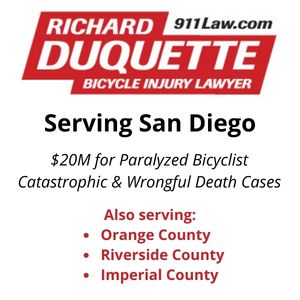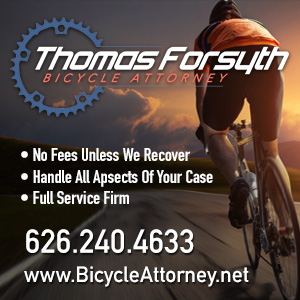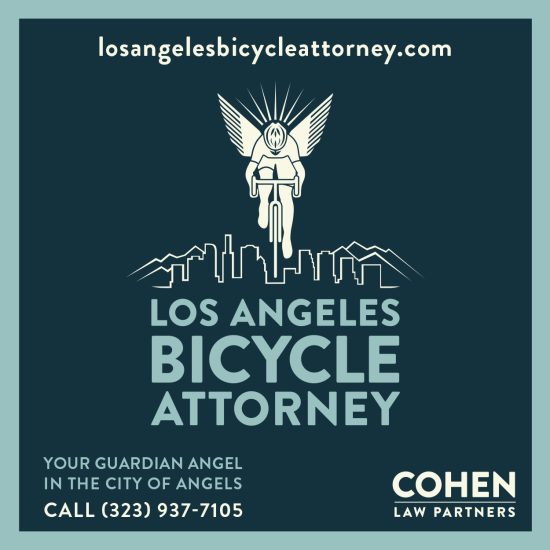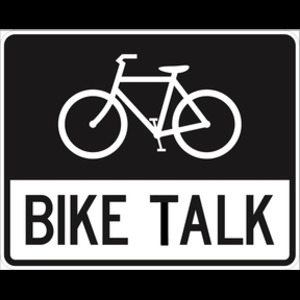According to KNBC-4, the LAPD has closed its investigation into the road rage assault of cyclist Susanna Schick. And shifted all the blame for the incident onto the victim.
Based on the descriptions of two on-duty officers who claimed to have seen the whole thing — yet remarkably, failed to do anything to prevent it — Schick merely fell over, resulting in numerous broken bones as well as a significant concussion.
According to police spokesman Lt. Paul Vernon, speed may have been a factor in the collision, noting that Schick is a long-time motorcycle racer.
Yet she wasn’t riding a motorcycle on Friday night. And the severity of her injuries are inconsistent with a solo fall from a bike; even at high speed, she’s unlikely to have suffered six broken ribs and broken her pelvis in three places in a fall on level ground. Let alone been knocked cold for upwards of 15 minutes, despite wearing a helmet.
The fact that she has raced motorcycles is entirely irrelevant to this investigation.
Excuse me, former investigation.
Yes, it’s possible that she suffered such severe injuries in a simple fall.
But it is so far from likely that to ignore them suggests a desire on the part of police to just close the books and get this case over with.
As of now, no one other than the officers at the scene have examined Schick’s bike for evidence of a collision that might be beyond the ability of a patrol officer untrained in bike collision investigations to spot. And to the best of my knowledge, no one at the department has made any effort to contact the driver of the Lexus to get his side of the story.
If they had, he might have denied everything. Or he may have blurted out, as did the infamous Good Doctor, that he was just trying to teach her a lesson.
We’ll never know, because the department has inexplicably closed the investigation without apparently bothering to talk to him.
Then there’s Lt. Vernon’s apparent attempt to discredit the victim, suggesting that Schick may have been drinking — despite failing to present evidence to support that.
… He also questioned whether she had been drinking, and said officers could have insisted on a blood test at the hospital.
Yes, they could have requested a blood alcohol test at the hospital, but apparently didn’t. They also could have requested a virginity test, but failed to do that, as well.
It’s entirely possible that Susanna Schick had a drink or two — or maybe 20 — before riding home on Friday night. There’s clearly no shortage of bars Downtown where she might have stopped.
But given that she lives just a few blocks from where the incident unfolded, she could have just as easily been on her way home from church, a movie or an AA meeting.
If the police have any evidence that she’d been drinking, they failed to produce it.
As I’ve said before, we have no way of knowing what really happened that night. Maybe the police are right, and she was the aggressor in the road rage dispute, then simply fell off her bike.
Or maybe they’ve once again let a dangerous driver off the hook, as they did when they accused Andres Tena of riding his bike backwards into a Hummer, or cyclists of milling in the middle of a dark street waiting for a driver to mow them down.
I’m not, as a friend of mine accused me, accusing the police of lying.
I would sincerely like to believe that, from their perspective at least, they have followed the evidence and come to what they believe is the right conclusion, however much I may disagree with it. And however repugnant it may be to speculate that the victim may have been drunk without offering evidence to support it.
But to me, this appears to continue the same old windshield perspective, anti-bike bias that Los Angeles cyclists, and cyclists throughout the U.S. — and around the world, for that matter — have fought for years.
And which I thought was finally gone for good thanks to a bike friendly mayor, and the efforts of LAPD Chief Beck, Sgt. David Krumer and the bike community members of the LAPD Bike Task Force.
This investigation may be over as far as the police are concerned.
But that doesn’t mean it passes the smell test.
Update: Evidently, someone at LAPD headquarters doesn’t think it passes the smell test, either.
According to KNBC-4, the department is reopening the investigation, just hours after they reported the case had been closed.
Police are reopening the investigation into what caused a cyclist to severely injure herself Friday night as a potential aggravated assault case, citing growing community concern and a second interview with the 42-year-old cyclist Susanna Schick.
Must have been some interview. Or maybe it’s thanks to KPCC’s Patt Morrison, who questioned LAPD Chief Beck about the case in an on-air interview Wednesday afternoon.
Of course, they don’t say who is suspected of the assault. The way this case is going, it wouldn’t surprise me if they charged Schick with assaulting the Lexus.
This case is starting to look more like Mr. Toad’s Wild Ride than a serious police investigation.
Meanwhile, Streetsblog’s Damien Newton says the department’s conclusion — or previous conclusion, at least — in the case strains credibility.
You could say that.
Either the department has badly bungled this investigation, or they have conducted the one of the worst public relations exercises in recent memory.
Or both.
In less than a week, the credibility of the department has been badly eroded within the cycling community.
In fact, I’ve received messages from dozens of cyclists questioning just who was in that white Lexus, and whether some members of the department are trying to protect them.
Yes, it sounds crazy.
Then again, so does everything else about this case.







